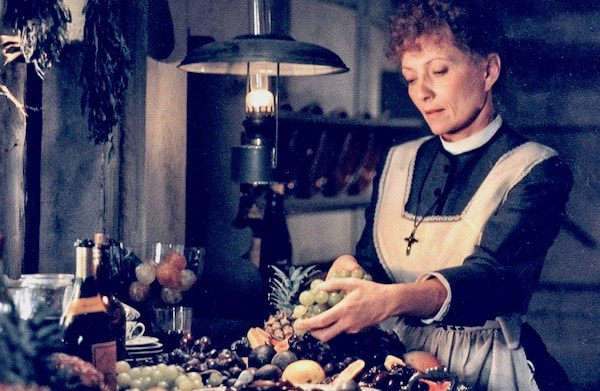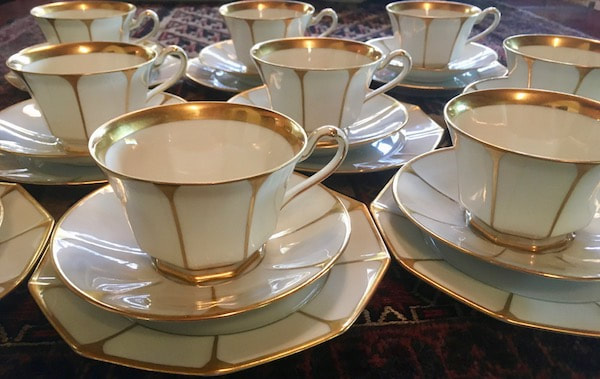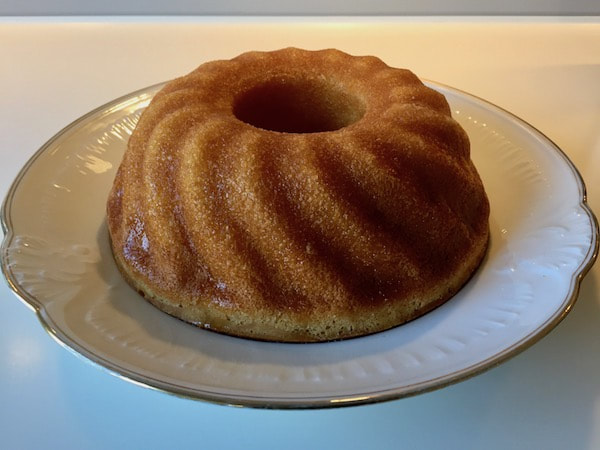|
The death of Stéphane Audran in March 2018 (aged 85) prompted many of us of to consider again the impact of the film “Babette’s Feast”. Too young to have seen it in 1987, I urge you to make a date with yourself. View it alone or with an empathetic friend. (I watch it about twice a year and I still fall apart.) Directed by Gabriel Axel, it was a Danish –French production. “Coming to a theatre near you”, was also “Coming to a restaurant near you”, when thousands of themed dinners popped up around the world, not to mention the private dinner parties. (I've seen a few doozies - check cookingwiththemovies Oh dear!) The film won "Best Foreign Language Film" at the Academy Awards in 1987, as well as four Baftas, a César for Best Film from from the European Union and "Un Certain Regard" at Cannes. But anyone who sees the film as just a big, decadent, elaborate feast has certainly missed the point. I leave it to you. For an intense, academic analysis… http://press.uchicago.edu/Misc/Chicago Some interesting trivia. It’s based on a short story by Baroness Karen Blixen (pen name Isak Dinesen).The story appears in a collection Anecdotes of Destiny (1958) and was the last work published in her lifetime. (Go to Amazon, if you do that sort of thing.) Two of the stories from the collection have been adapted into film. As well as Babette’s Feast, there's The Immortal Story (1968), directed by Orson Wells. She was a prolific author. Read Out of Africa, about her time as a coffee farmer and see the film with Meryl Streep and Robert Redford. Blixen was anorexic. She suffered throughout her life from a mercury treatment for syphilis but she died of malnutrition, aged 76. (Her short story gives no thorough description of a meal.) Axel wanted to shoot the film in Berlevåg, the Norwegian village of the book, the last village before the Arctic Circle. Unfortunately it had become too pretty, with its quaint muti-coloured houses so the setting was transferred to the barren, windswept coast of Jutland in Denmark. Babette flees France during the violence and unrest of the Prussian siege and the Paris Commune. Murdered communards are buried and commemorated at a wall in the Père Lachaise cemetery. Others were deported to what is now New Caledonia. The dinner service used in the film was created in 1982 (Havilland Limoges) Impératrice Eugénie. This design is in the Second Empire style (Napoleon III) and being modern, with no gold trim, it’s dishwasher safe! On the other hand, see the beautiful severity of both the Beidermeir style of the sisters' house and the Gustavian mansion of the Lieutenant's aunt. When Babette comes in from the storm, at her first meeting with Martine and Filippa, they are drinking from these cups (above). (Well not these exact ones, which I found at an auction - Bing and Grondahl.) Catherine Deneuve was considered for the part, hesitated and Stéphane Audran jumped at it. Undisputedly a great actress, her movements in the kitchen were natural and true and she insisted on real wine in her glass. In private, she was an avid cook. She was described by the Guardian as the archetypal bourgeois French woman, graceful, aloof, elegant, reserved yet passionate. She displays this in her role. (I might try it sometime.) She was married for 16 years to the director Claude Chabrol. The two sisters were played by Danish actors, Bodil Kjier and Birgitte Federspiel, both household names in Denmark. Bibi Andersson, a favourite of director Ingmar Bergman, played Lorens' wife. Babette is shown how to make Ølebrød (beer and brown bread soup) for the villagers. If you're tempted, there's a slightly more appetising recipe in Magnus Nilsson's massive tome on Scandinavian cuisine. – the-nordic-cookbook-magnus-nilsson (Magnus has the looks of a wild teenage Viking. His restaurant "Faviken", opened in 2008, seats 16 and is booked months in advance.) And , like Magnus Nilsson, Babette brings life to the food because she forages. So very now! In the film, when one of the sisters holds up a bottle and worriedly asks “But Babette is this wine?” She answers reassuringly “No, it’s Clos de Vougeot, 1846!” Now, that line could be useful... Jan Pedersen of "La Cocotte" in Copenhagen worked with two assistants on the food for the film, using 148 quail for the shooting of Quailles en Sarcophages (the one dish that I believe cannot work). With care and attention to detail, you can certainly re-create the dessert (Savarin au Kirsch). Quite coincidentally, friend CM, in Melbourne, did just that as I was writing this piece. His Savarin, (sitting on its Demeuldre-Coché Limoges plate c. 1900,) glows with deliciousness. Babette’s Feast is the favourite film of Pope Francis. See Pope Francis & Babettes Feast
Her dress was made by Karl Largerfeld (Chanel). I cry when Babette, switching to French, asks permission to prepare a real French dinner - "Un vrai diner français." I cry at the end of the meal, when tired, exhausted, dignified in her apron and grey Lagerfeld frock, having a final glass of wine, she reveals her past. Aaah - I'm just a Babette tragic! Add Comment Below
3 Comments
|
Categories
All
|



 RSS Feed
RSS Feed
